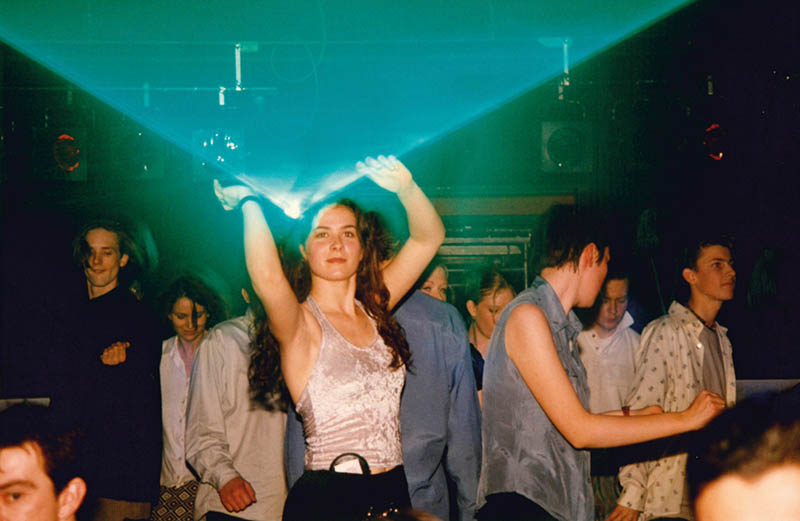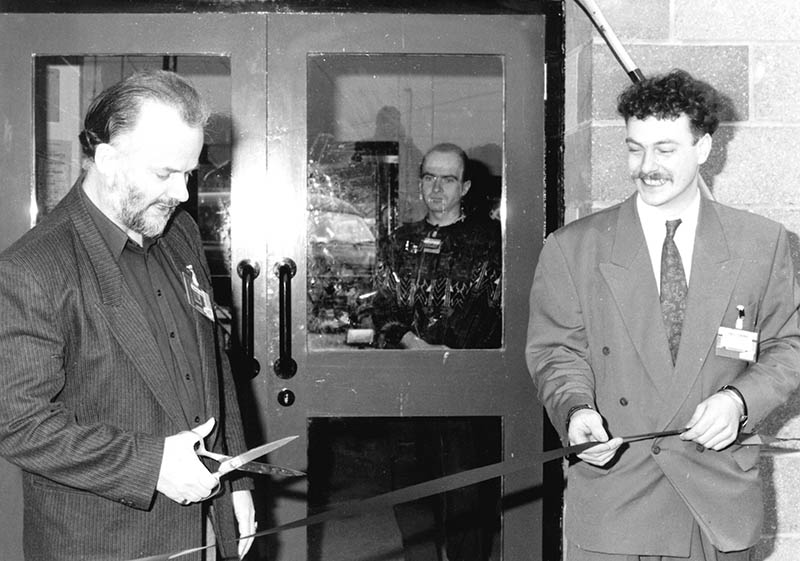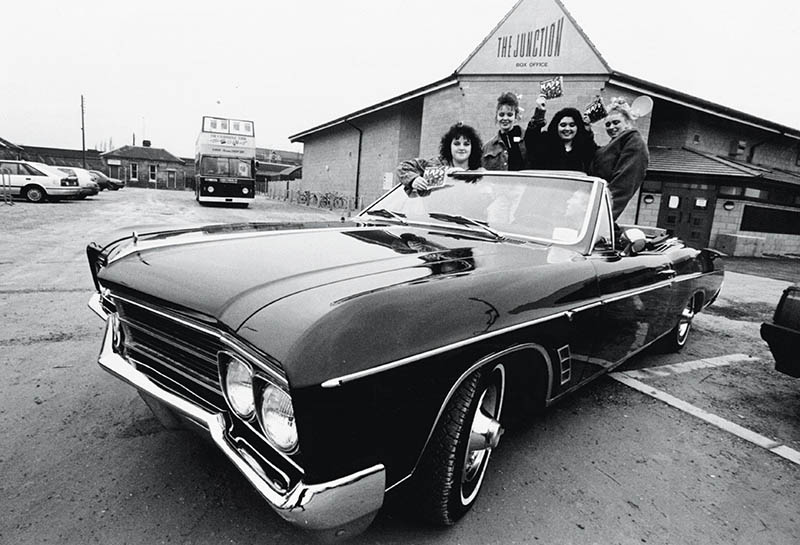A brand-new arts venue for the city, it was opened by John Peel and has been a springboard for some of the most well-known comedians and musicians around today.
Rob Tinkler started as a part-time duty manager in 1992 having run a record shop on Mill Road, taking up his current role of popular culture manager at Cambridge Junction in 1994. So how has the venue changed over the years?
“It was similar to what it is now, just a bit smaller. We still did the same mixture of club nights, theatre, comedy, dance and music, and supported local artists. “We’re always getting bands who are on their way up which is one of the things I like about the Junction,” he adds. “You get to see those bands before everyone else. I remember seeing the Manic Street Preachers in an almost empty room; I saw Radiohead support a band called The Frank and Walters – where are they now? And Ice T was particularly good… Then we’ve had comedians like Harry Hill and Jack Dee before they were big.”
Though he admits to steering clear of backstage parties, Rob has bumped into the odd star along the Cambridge Junction’s corridors. “I met Gwen Stefani coming out of her dressing room and saw Ian Dury as the band were changing into West Ham shirts for the encore. And Robert Plant said he liked my shoes.”

Comedian and Black Books star Dylan Moran kicks off the 2015 birthday celebrations by bringing his warm-up show to Cambridge Junction on the 12 and 13 February (get Dylan Moran tickets here).
Then, on Saturday 14 February, everyone’s invited to their all-day birthday party featuring family games, performances and a tour of the venue. Kids will learn how to cook and serve yummies at Hunt and Darton’s eccentric café before everyone sits down to a group lunch (11am-4pm).
That evening, test your knowledge of Cambridge and the Junction at their 25th Birthday Pub Quiz: part pub quiz, part theatre show (8pm).
And nostalgic ravers will be glad to hear that Cambridge Junction’s first-ever club night, Cum Cum, is making a comeback. “We managed to find the three original DJs, so it’ll be nice to have them back,” says Rob. “Back in the day it was what you’d call acid house, and it’ll be along similar lines just probably a bit slower, cause none of us are as young as we used to be…”
The Cambridge Junction staff have sent us some superb photos of clubbers at Cum Cum in the early 90s – and they’re brilliant. The fashions are questionable to say the least: let’s just hope high-waisted stonewashed jeans and crushed velvet vests don’t make a comeback any time soon.

Rob continues: “We’re hoping to get some of those old photos up on social media and see if anyone recognises themselves and send in their memories. Hopefully they’ll have some horrible old photographs they can send in themselves. A lot of the Junction’s history isn’t at the Junction – it’s in the hearts and minds of the people of Cambridge.”
UP THE JUNCTION: 25 years of entertaining Cambridge
Cambridge Junction opened in February 1990 to offer a versatile performance space for artists. Today it is made up of three rooms: the main venue, called J1 (capacity 850); J2, a seated theatre holding 220; and J3, ideal for talks and learning. As well as attracting big names in music and comedy, Cambridge Junction helps develop new artistic talent and, as a social enterprise, reinvests over 50{b486c5a37ab2d325d17e17d701cb2567b1ecd1814e8ceb33effa2a4f1f171d46} of its income back into the business.

